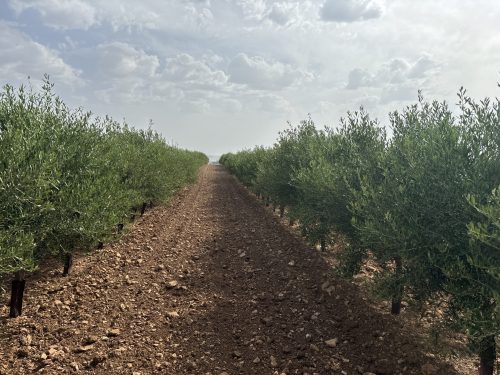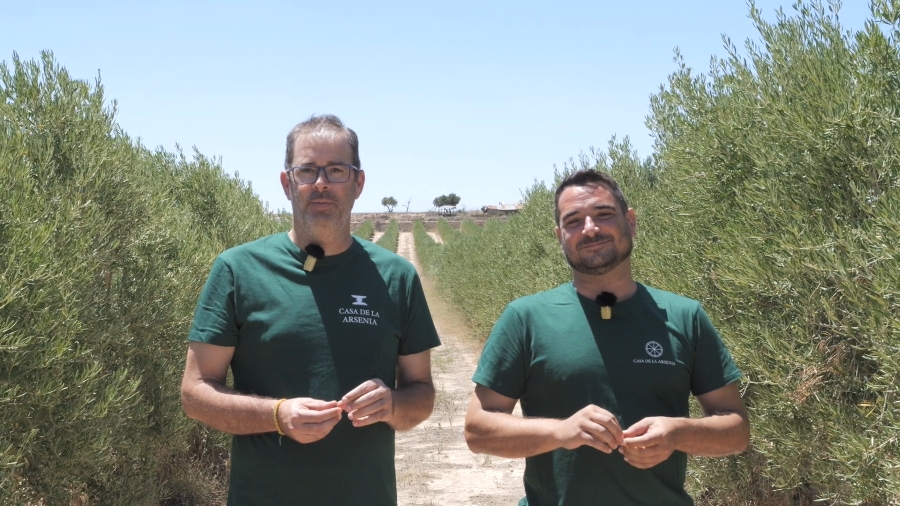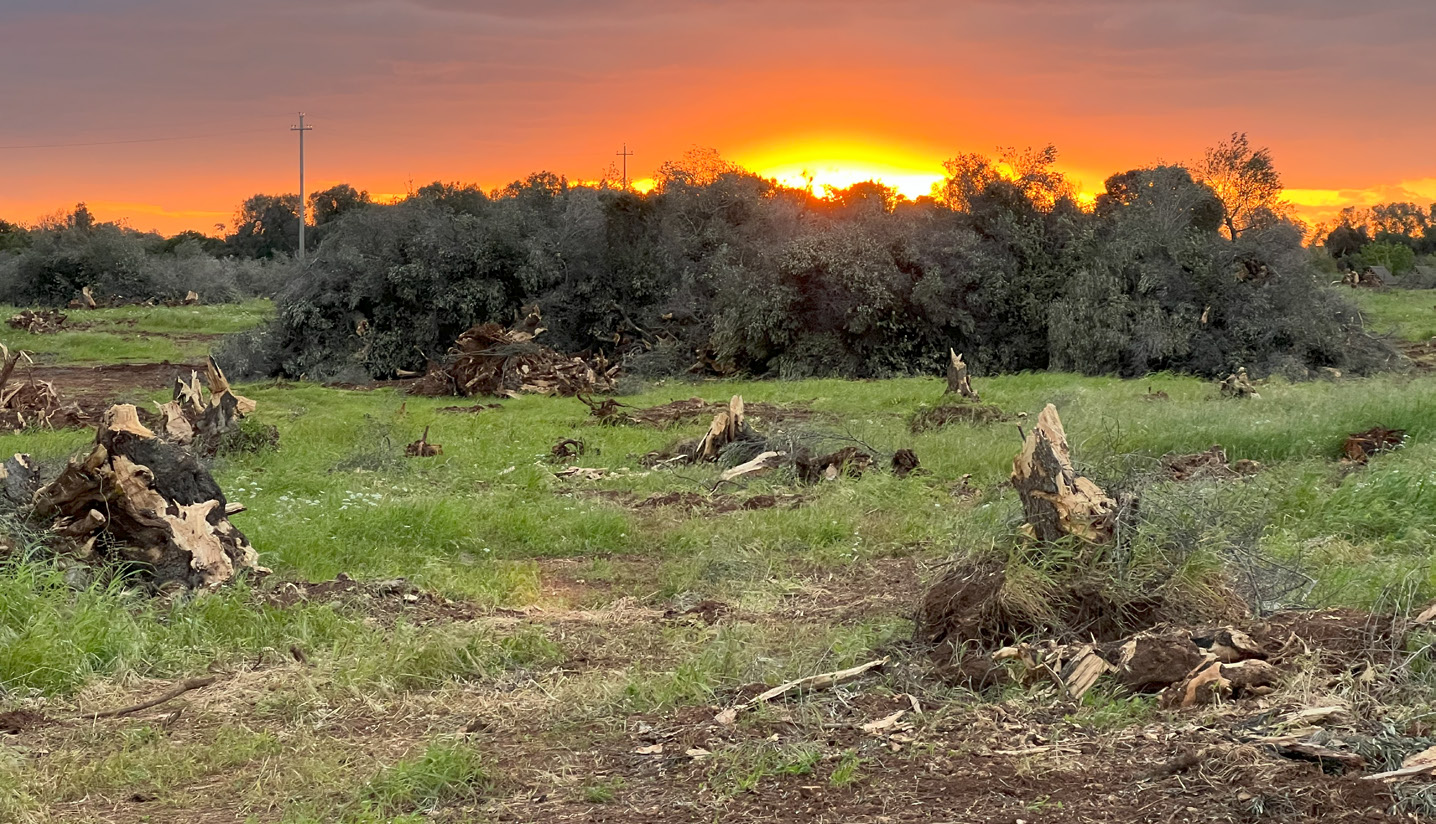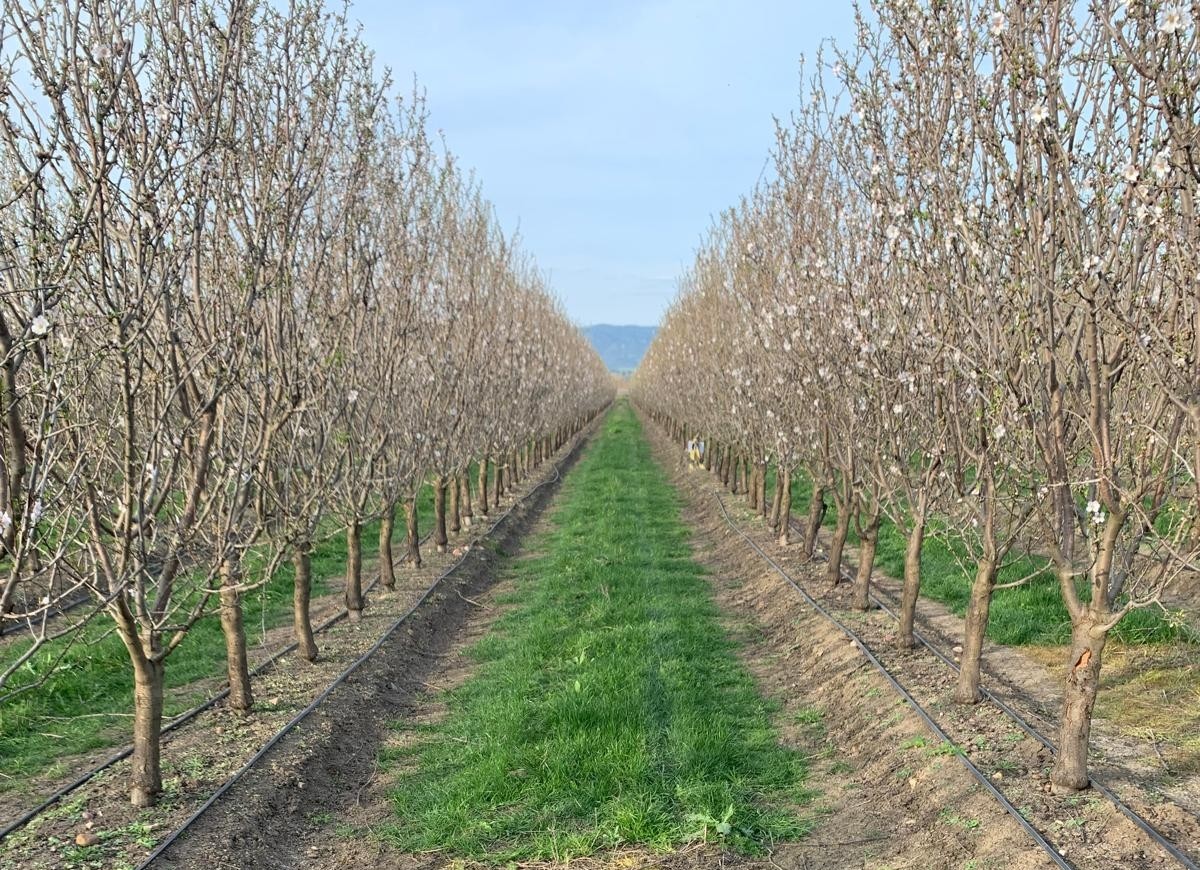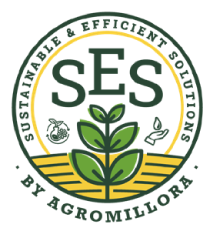"In dryland farming, decisions are much more important—you have less room for error than with irrigation."
Interview with Brígido Chambra, CEO of Chambra Agraria
Chambra Agraria was founded in Écija in the early 1990s with a 19-hectare farm. A few years later, after expanding its land, the company made a leap to Portugal’s Alentejo region. From there, it continued to grow in size, quality, and knowledge of the crop.
Currently, what is the total area managed by Chambra Agraria?
In terms of land we own, we’re around 2,000 hectares between olive and almond crops. Then, through the family business, we manage about 5,000 more hectares that belong to third parties.
So, of those hectares, how many are dryland?
Right now, we’re seeing a very warm climate. Is it necessary to be more precise and technical in a dryland environment like this?
I always say there’s no such thing as “good” in dryland farming. The subjective side becomes much more important because we lose a basic tool: water. Without that tool, the design of the farm, the choice of soil, and how you manage it become much more critical. So, decisions are more important and leave less room for error than in irrigated farming.
For us, there are three pillars: first, project design; second, execution; and third—and for me, the most important—is equipping the farm well enough so that management is very disciplined.
Many farmers fail at this third pillar. They do the first and second steps well, but then try to save a little by not buying an extra tractor, for example, and that’s when problems arise: they have less time and fewer opportunities to make decisions… and all of that backfires. These mistakes are more dangerous in dryland than in irrigated farming.
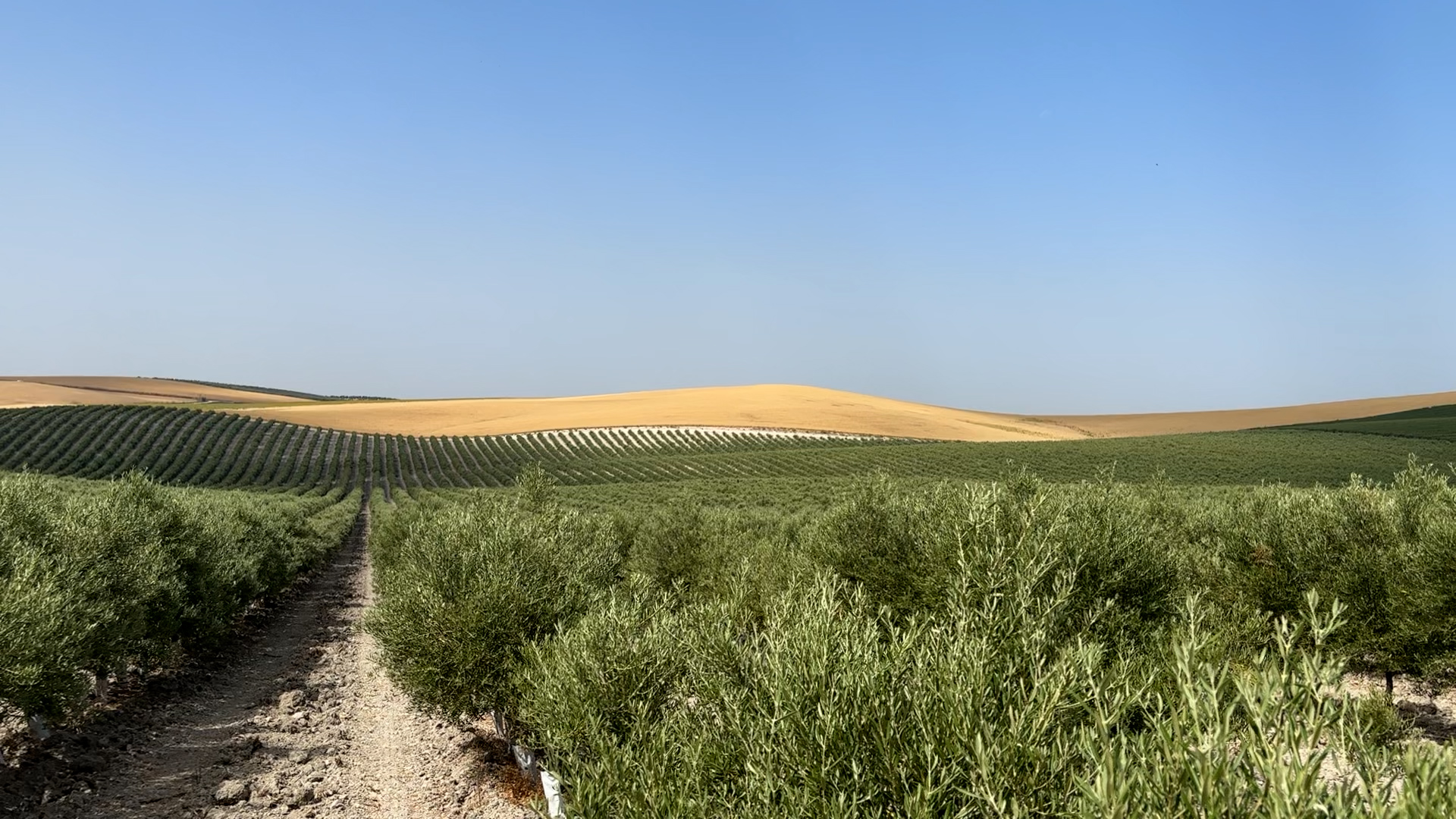
And regarding varietal selection, what should we consider?
Regarding Lecciana, what strengths do you see in managing it on this type of land?
Lecciana has very strong characteristics. For example, it doesn’t go into water stress easily, its olives ripen much later than other varieties, and it handles drought quite well.
Another very positive trait is that the genetic range of olive size is very wide—one olive can weigh up to 3 or 3.5 grams. That allows you to achieve significant yields per hectare even if you have a low fruit set. That’s something other varieties like Arbosana or Arbequina don’t have.
It’s also very vigorous, so it needs to be managed well because even in dryland it can grow a lot.
You also have Coriana in dryland. How does it perform?
